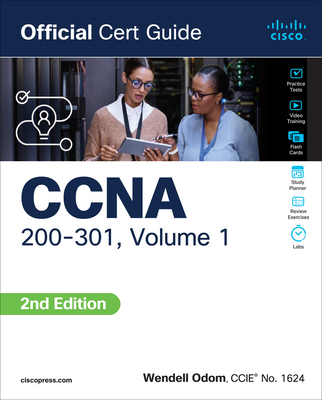MySQL Administration and Development Training in Erfurt, Germany
|
We offer private customized training for groups of 3 or more attendees.
|
||
Course Description |
||
| MySQL is the open source community's most popular Relational Database Management System (RDBMS) offering, and is a key part of LAMP Linux, Apache, MySQL, PHP/Perl/Python. Many Fortune 500 companies adopt MySQL to reap the benefits of an open source, platform-independent RDMS, such as simplifying conversion from other platforms and lowering database Total Cost of Ownership by 90%. This class encourages the student to explore database fundamentals, as well as MySQL features. Students learn the basics of MySQL use and the programming of stored routines and triggers. Students also participate in database design discussions, perform administrative functions, learn about optimization and performance tuning, and explore various APIs. This course covers MySQL 5.0.
Course Length: 4 Days
Course Tuition: $1290 (US) |
||
Prerequisites |
|
| Prior experience installing software and programming in any language, such as HTML, is recommended but not required. | |
Course Outline |
|
Introduction to Database Concepts and MySQL
Installation, Configuration, and Upgrading
Database Design
Using the mysql Command-Line Tool
DDL – Data Definition Language
DML – Data Manipulation Language
Queries – The SELECT Statement
Building a Result Set from Several Sources
Advanced SQL Techniques
MySQL Storage Engines
Utilities
Administering a Database and Users
Database Programmability
Optimization and Performance Tuning
MySQL Programming Interfaces |
Course Directory [training on all levels]
- .NET Classes
- Agile/Scrum Classes
- AI Classes
- Ajax Classes
- Android and iPhone Programming Classes
- Azure Classes
- Blaze Advisor Classes
- C Programming Classes
- C# Programming Classes
- C++ Programming Classes
- Cisco Classes
- Cloud Classes
- CompTIA Classes
- Crystal Reports Classes
- Data Classes
- Design Patterns Classes
- DevOps Classes
- Foundations of Web Design & Web Authoring Classes
- Git, Jira, Wicket, Gradle, Tableau Classes
- IBM Classes
- Java Programming Classes
- JBoss Administration Classes
- JUnit, TDD, CPTC, Web Penetration Classes
- Linux Unix Classes
- Machine Learning Classes
- Microsoft Classes
- Microsoft Development Classes
- Microsoft SQL Server Classes
- Microsoft Team Foundation Server Classes
- Microsoft Windows Server Classes
- Oracle, MySQL, Cassandra, Hadoop Database Classes
- Perl Programming Classes
- Python Programming Classes
- Ruby Programming Classes
- SAS Classes
- Security Classes
- SharePoint Classes
- SOA Classes
- Tcl, Awk, Bash, Shell Classes
- UML Classes
- VMWare Classes
- Web Development Classes
- Web Services Classes
- Weblogic Administration Classes
- XML Classes






